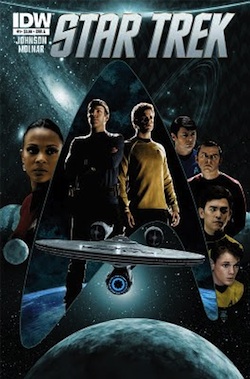Interzone #236 September-October 2011
 The new Interzone features contains stories by Jason Sanford (“The Ever-Dreaming Verdict of Plagues”), Mercurio D. Rivera (“Tethered”), Jon Ingold (“The Fall of the City of Silver”), Fiona Moore (“The Metaphor”) and Stephen Kotowych (“A Time for Raven”); art by Richard Wagner, Ben Baldwin, Jim Burns and Martin Hanford. There’s also the regular columns, Ansible Link by David Langford, Mutant Popcorn by Nick Lowe, and Laser Fodder by Tony Lee; book reviews including an interview with Lavie Tidhar conducted by Maureen Kincaid Speller.
The new Interzone features contains stories by Jason Sanford (“The Ever-Dreaming Verdict of Plagues”), Mercurio D. Rivera (“Tethered”), Jon Ingold (“The Fall of the City of Silver”), Fiona Moore (“The Metaphor”) and Stephen Kotowych (“A Time for Raven”); art by Richard Wagner, Ben Baldwin, Jim Burns and Martin Hanford. There’s also the regular columns, Ansible Link by David Langford, Mutant Popcorn by Nick Lowe, and Laser Fodder by Tony Lee; book reviews including an interview with Lavie Tidhar conducted by Maureen Kincaid Speller.
You can also download issue 230 for free, containing stories by Aliette de Bodard, Nina Allan, Lavie Tidhar , Patrick Samphire and Tim Lees.
In other news, Locus reports that the Amazing Stories trademark has been acquired, possibly for use as the title for an online magazine. This would be how many times the dead magazine has been resurrected? Although this time, a true resurrection, as it wouldn’t have a physical paper form.
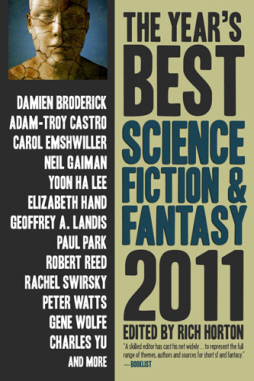
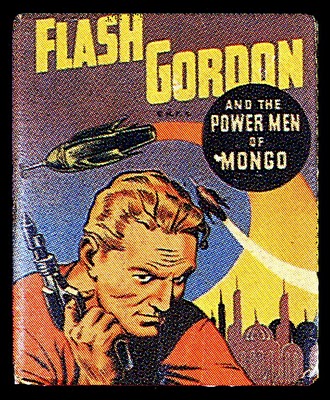
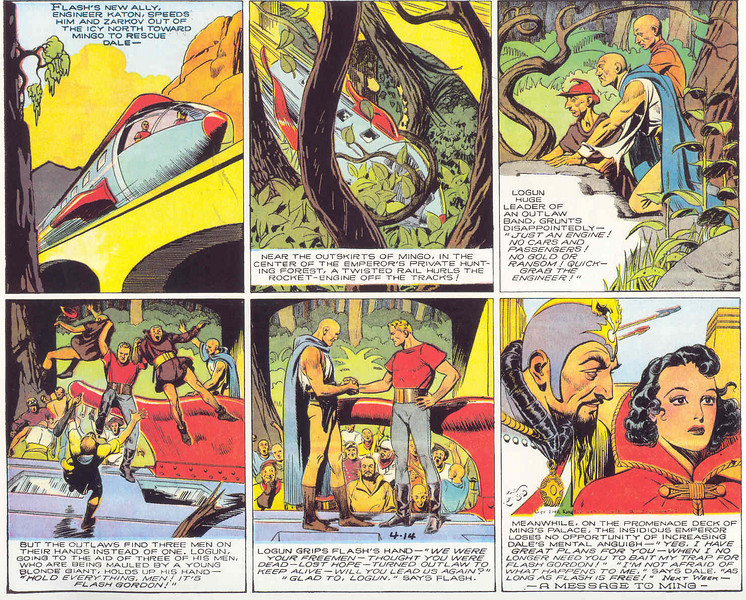
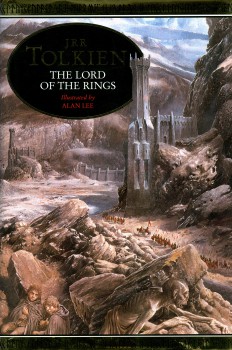 Part 2 of a 2-part series
Part 2 of a 2-part series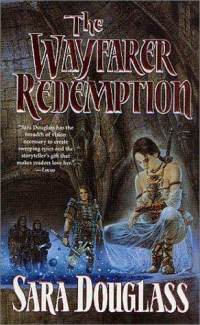

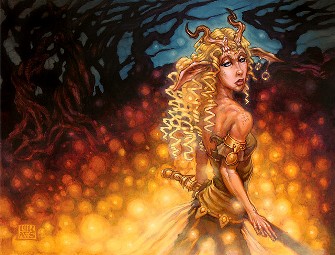

 And now, months later, our collaboration is taking shape. I’ve produced three designs, a pendant that I released at the same time that Kat, Incorrigible hit bookstores, a pair of earrings that debuted at the launch party for the second book, A Tangle of Magicks (this will be released as Renegade Magic in the US next year), and a charm bracelet that just went on the market about an hour before I sat down to write this post. One might ask, how big is the market for book tie-in jewelry like this? I have no idea. Ask me in a year or two. What I can talk about, though, is how we started this venture.
And now, months later, our collaboration is taking shape. I’ve produced three designs, a pendant that I released at the same time that Kat, Incorrigible hit bookstores, a pair of earrings that debuted at the launch party for the second book, A Tangle of Magicks (this will be released as Renegade Magic in the US next year), and a charm bracelet that just went on the market about an hour before I sat down to write this post. One might ask, how big is the market for book tie-in jewelry like this? I have no idea. Ask me in a year or two. What I can talk about, though, is how we started this venture. 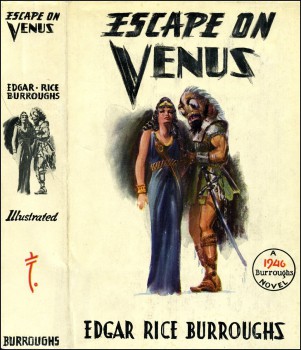 I love Edgar Rice Burroughs. His novels have had an enormous influence on me as a writer and as a pulp fan. But, I must admit, sometimes he wrote … this kind of thing….
I love Edgar Rice Burroughs. His novels have had an enormous influence on me as a writer and as a pulp fan. But, I must admit, sometimes he wrote … this kind of thing….